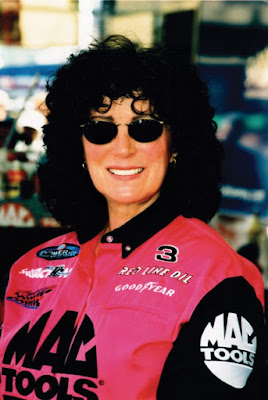 |
| The Rivera Courtyard |
In 1932, noted Mexican painter and muralist Diego Rivera was commissioned by the Detroit Institute of Arts (DIA) to paint twenty-seven murals including the massive north and south walls of the Roman Baroque Marble courtyard. The original space was filled wih fountains, potted plants, and austere marble pillars. The first DIA director William Valentiner wanted to fill the space with colorful murals representing Detroit's industrial miracle and the workforce that gave life to the assembly line.
When two out of five Detroit autoworkers were out of work during the Great Depression, raising money for public art was a hard sell. Patrons of the arts Edsel Ford, president of the Ford Motor Company, and his wife Eleanor, underwrote the project with $20,000 of their own money to pay Rivera his commission. It was DIA Director William Valentiner, who brought Diego Rivera to the attention of Mr. and Mrs. Edsel Ford.
 |
| Diego Rivera and Frida Kahlo |
Rivera and his new wife Frida Kahlo arrived in Detroit on April 21, 1932. Rivera spent three months touring the Rouge Plant, the Parke-Davis plant, and Downriver industry including the chemical plants in Wyandotte. He prepared sketches of the entire assembly line process with American Labor toiling at work. FoMoCo's official Rouge Plant photographer aided Rivera in his research, guiding the artist through the company's extensive photographic archive.
Using the Renaissance technique called frescoe, it took expertise and teamwork to grind pigment and paint the wet plaster before it dried. Rivera and his skilled assistants usually began working at noon and ended fifteen hours later, but they finished the twenty-seven panels in eight busy months. Rivera lost one hundred pounds in the process.
 |
| North Wall of Rivera Court |
The large north wall fresco depicts the manufacturing process of Ford's famous V-8 engine from the steel-making blast furnances in the background to the labyrinth of conveyer belts laden with engine parts awaiting assembly. In the lower right section of the mural, Edsel Ford and Director William Valentiner are overlooking the scene. Rivera followed the fresco tradition of painting the patron(s) somewhere in the work of art.
 |
| South Wall of Rivera Court |
Likewise, the south wall shows the manufacturing of the exterior parts of the automobile. Again, Edsel Ford and Director Valentiner appear on the right side of the fresco standing in front of a chalk board signifying that Edsel was a car designer and an artist in his own right. Laid out before him on a drafting table are the tools of his trade. Ford and Valentiner gaze into the gallery from the painting.
At the unveiling of the mural, Edsel Ford invited members of Detroit's religious community to comment on the mural. Catholic and Episcopalian clerics condemned the murals as blasphemous, mainly over one panel that was a modern take on traditional Christian images of the Holy Family and the nativity. They considered that panel a parody rather than an homage and demanded the mural be destroyed.
The conservative Detroit News weighed in and called the murals "vulgar" and "un-American", but Ford and Valentiner refused to destroy the epic work of mural art. Some historians suggest that the controversy may have been engineered by Edsel Ford to garner free publicity from the local media.
The first Sunday the Detroit Industry murals were on public exhibit, the bad publicity prompted 10,000 Detroiters to visit the mural to see for themselves. The people of Detroit were in awe of this masterpiece that celebrated the working man. On the strength of the public's response, the Detroit City Council increased the DIA's yearly budget.
In the early 1950s, United States Senator Joseph McCarthy was conducting anti-American hearings in Washington D.C.. Since the 1930s, Diego Rivera had gained notoriety for his Marxist philosophy, prompting the DIA to place a disclaimer at the entrance to the Rivera Courtyard stating that Rivera's personal politics did not take away from one of the crowning achievements of twentieth-century art. The notice defended the artistic merits of the murals while criticizing Rivera's politics.
For the one-hundredth birthday of Diego Rivera during February of 1986, the DIA held a celebration of his work. Of Edsel and Eleanor Ford's four children, only their daughter Josephine bothered to attend, and of their eleven grandchildren, only Benson Ford's daughter Lynn attended.
The murals were Edsel's gift to the city of Detroit, and they form what is considered one of the finest examples of industrial art in the world, worthy of both its creator and his patron. On April 23, 2014, the Detroit Industry murals were designated a National Historic Landmark.
Panoramic View of Detroit Industry Murals in Rivera Courtyard
























